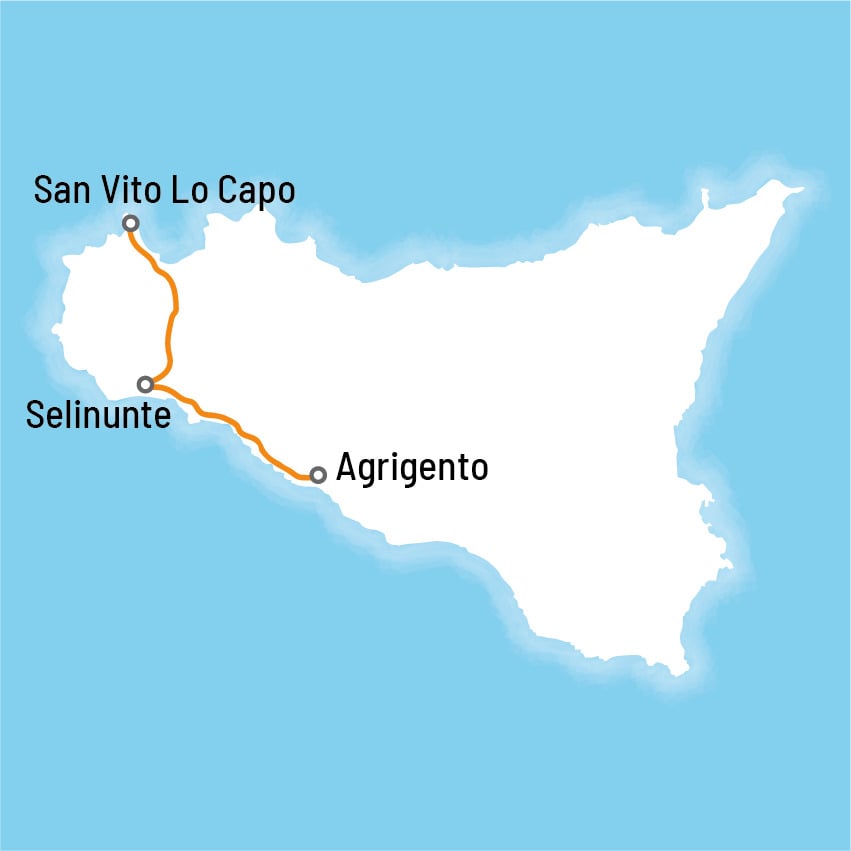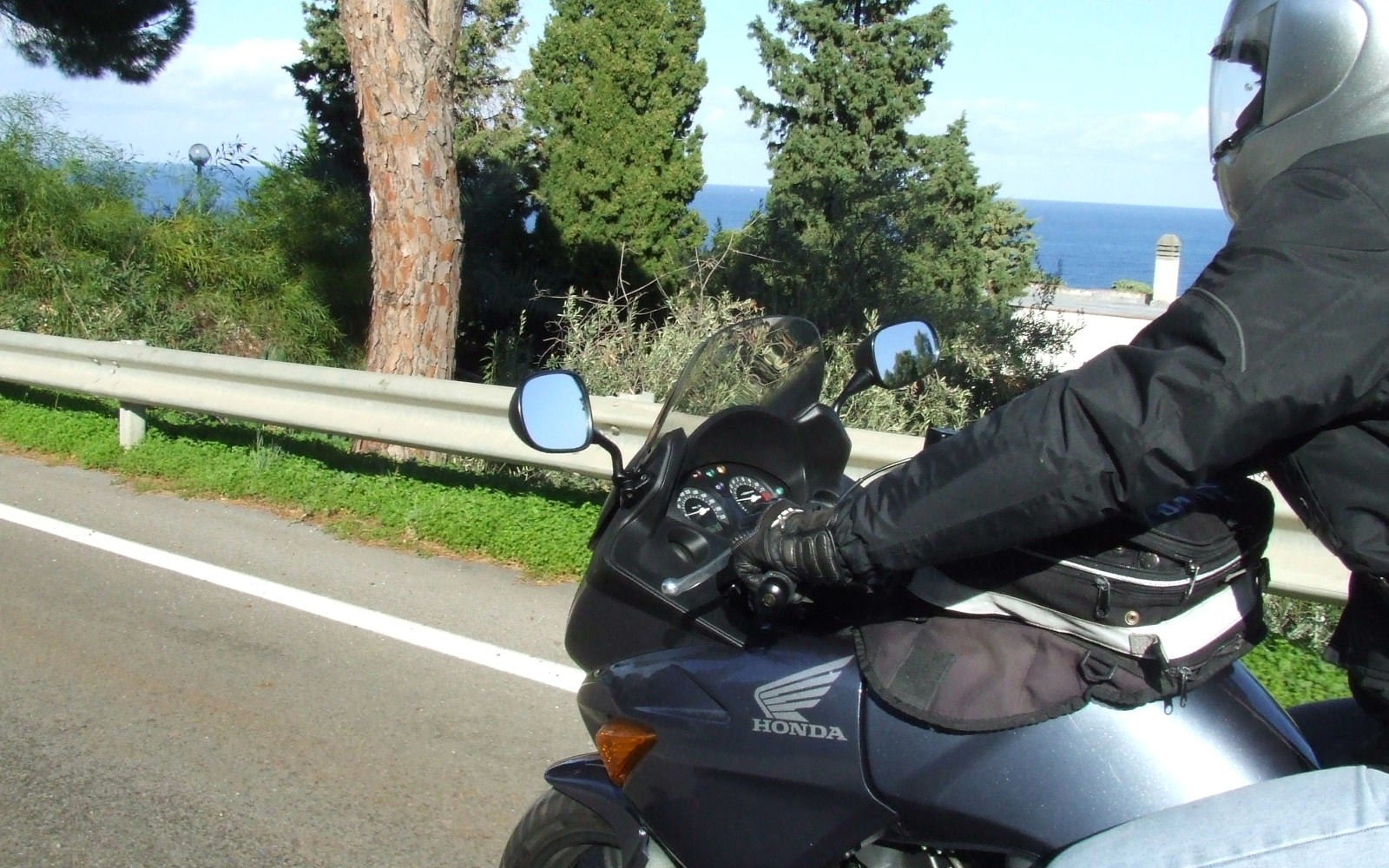San Vito lo Capo is famous to be a seaside town and its coast is splendid and opens into a bay which extends from S. Vito to the cape of Solanto, at the foot of mount Monaco.
Here you can fi nd a tuna station that is inactive since 1600. The place was visited by pilgrims devoted to St. Vito, where there is a sanctuary dedicated to him. It was erected in the XIII century on an old chapel and was fortifi ed in 1545.
There are many towers in this place, raised to signal the presence of hostile boats, such as Impiso’s, Torrazzo’s, Sceri’s, Roccazzo’s and also Isolidda’s.
Selinunte
According to the Athenian historian Thucydides, Selinunte was founded by people from Megara Hyblaea, a city on the east coast of Sicily, in the 7th century BC. The city had a very short life (about 200 years). During this time its population grew to a total of about 25,000. A wealthy trade center, Selinunte was envied by the Carthaginians. Selinunte had an almost permanent confl ict with Segesta, which allied itself with Athens. However, the Athenians were defeated by the Syracusans, and Segesta now asked help from Carthage. Diodorus Siculus tells that the Carthaginian commander Hannibal (not to be confused with his more famous namesake), in 409 BC destroyed Selinunte after a war that counted about 16,000 deaths and 5,000 prisoners. The city was besieged for nine days by an army of 100,000 Carthaginians.
Agrigento
The Valley of the Temples rises southernmost, on the traces of the old town and includes many temples built in the 5th century BC. Walking along the path you can find:
- The temple of Concorde; the only temple still standing in its whole.
- The temple of Castor and Pollux; tributed to Leda and Zeus’s twins.
- The temple of Olympian Zeus was built in the 5th century BC and dedicated to Zeus
- The temple of Heracles; was built to commemorate the soldiers died during the Second Punic War.
- The temple of Hera Lacinia (Giunone).


